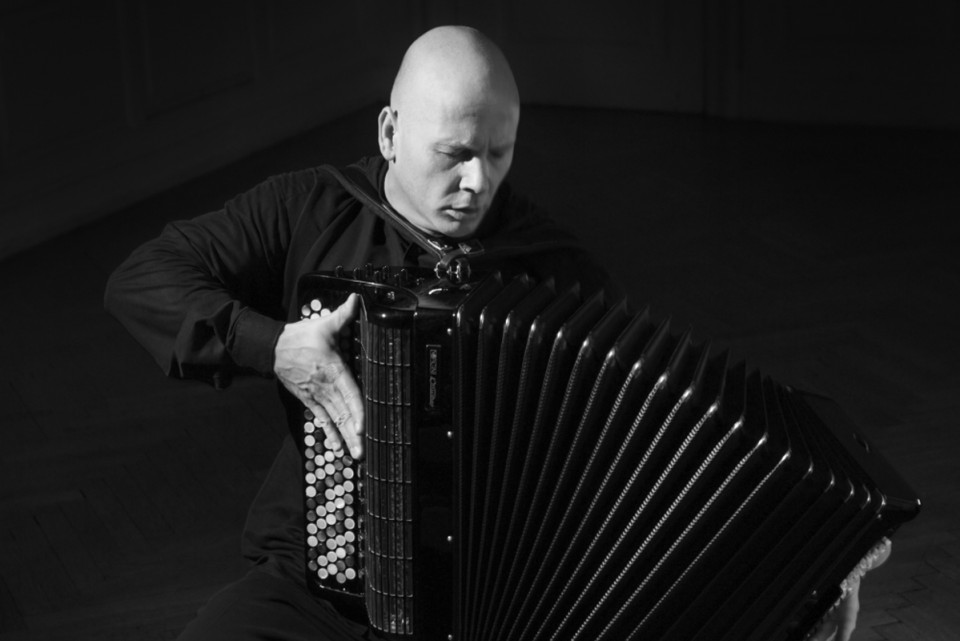1. The accordion originates to the 1800s
The accordion originated in the early 1820s in Europe by a German musical instrument maker by the name of Christian Friedrich Ludwig Buschmann. The popularity of the accordion, spanned across several countries and by the 1840s, Russia was manufacturing around 10,000 accordions a year. The accordion is also associated with the Chinese musical instrument, the Sheng, which has a mouthpiece, bamboo pipes, resonator box and a wind chamber. The classical accordion evolved during the early part of the 20th Century and was developed and standardized in the early 1950’s. It is also known as the free-bass accordion, accordéon de concert, accordéon classique, klassische akkordeon, bajan and modern concert accordion amongst other more exotic names.
2. The sound emanates from both sides of the accordion
The accordion is comprised of a keyboard on the right side, 120 buttons on the left side, and the bellows in the middle, which air pressure passes through and produces vibrations to create the sound exiting the accordion from both sides. The global popularity of the instrument means that its sound can be played across various genres of music including classical, dance and pop.
3. Accordions can be either diatonic or chromatic
Diatonic accordions are controlled by buttons and more typically used in folk style music. Chromatic accordions are controlled by keys that look similar to those on a piano and are used in a wider variety of genres, including jazz and concert music.
4. The instrument is constructed from hundreds of components
The detail in the manufacturing of the accordion is crucial in the intricate sound it produces. It consists of a combination of materials including wood, plastic and metal. The most common type of wood used it poplar wood as it is both lightweight and creates a strong foundation for the instrument and allows for smoother playing of the accordion for the musician. The more detailed sections of the accordion, such as the internal rods, are comprised of metal while other sections of the instrument, such as the keys and buttons, are most commonly made of plastic.
